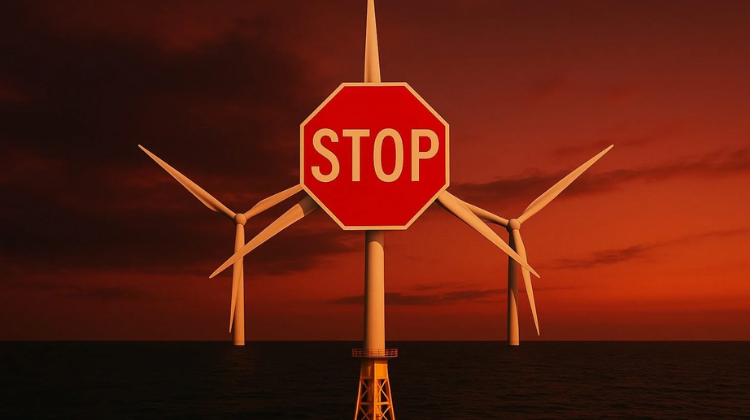The first half of 2025 marks a setback for photovoltaic growth in Italy. According to ITALIA SOLARE’s analysis of Gaudì – Terna data, 113,465 new photovoltaic systems were connected from January to June, for a total capacity of 2,809 MW. This is significantly lower than the same period in 2024, with a 33% decline in the number of systems and a 16% decline in installed capacity. Overall, at the end of June, 1,992,353 photovoltaic systems were connected in Italy, for a cumulative capacity of 39,885 MW.
The decline, clearly highlighted in the first quarter data, was confirmed in the second quarter of the year: 56,844 new plants were connected from April to June, 25% less than in the same quarter of 2024 (75,629), for an additional capacity of 1,377 MW, 17% less than in the same period last year (1,651 MW).
The figures confirm the trend seen at the European level, according to SolarPower Europe’s semi-annual report, which highlights a slowdown due in particular to the decline in the residential segment, following the easing of the energy crisis and the gradual end of related incentives in key markets such as Austria, Belgium, the Czech Republic, Hungary, Italy, and the Netherlands. The European utility-scale photovoltaic market, on the other hand, is proving relatively resilient and is driven by public auctions in various European countries that promote flexible projects combined with storage systems or wind farms.
“The first-half data clearly shows that the expansion phase of residential photovoltaics has come to a halt. The more than 30% drop in the number of installations cannot be ignored: it is a symptom of a period of regulatory uncertainty and a slowdown in investment, especially for families and SMEs,” comments Paolo Rocco Viscontini, president of ITALIA SOLARE. “The good news is that the utility-scale segment continues to grow, but that alone is not enough. A structural strategy is needed: stable tax deductions, simplified connections, and clear rules for the development of self-consumption systems and energy communities. We cannot afford to lose momentum just as the energy transition enters its most critical phase.”
Sharp declines in residential and commercial properties. Large installations performed well.
The slowdown particularly affects the residential and commercial-industrial segments, traditionally linked to plants under one megawatt.
In the <20 kW band, i.e. the one relating to the domestic sector, 106,562 systems were installed for a total of 686 MW: this represents a 31% decrease compared to the first half of 2024.
The 20 kW – 1 MW segment, which includes commercial and industrial, also saw a significant contraction: 804 MW installed, equal to a 32% drop compared to the same period of the previous year.
The exception is the utility-scale sector, i.e. those larger than 1 MW, where growth of 12% on an annual basis was observed: in the first six months of 2025, 307 plants were connected, for a total capacity of 1,319 MW.
Monthly trend and stable trend
Monthly data confirm a relatively stable growth rate over the six-month period: from 487 MW in January to 635 MW in June, with an average of approximately 450 MW/month. These figures are lower than in 2024, when monthly peaks of nearly 700 MW were recorded, driven by the Superbonus and the post-energy crisis acceleration, but still higher than the pre-Superbonus period.
The regional top 10 for installed photovoltaic power
Lazio leads the regional rankings for installed photovoltaic capacity in the first half of 2025, with 420 MW connected, followed by Lombardy with 358 MW and Veneto with 252 MW. Just below the podium are Piedmont (245 MW) and Puglia (244 MW), which both record very close numbers. Rounding out the top ten are Emilia-Romagna (217 MW), Sicily (191 MW), Sardinia (169 MW), Campania (141 MW), and Tuscany, which brings up the rear with 101 MW installed.






























